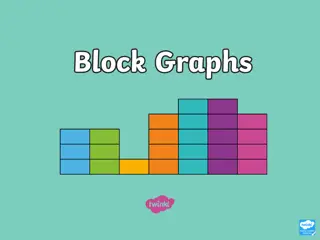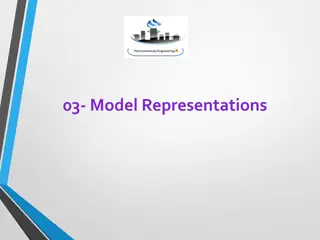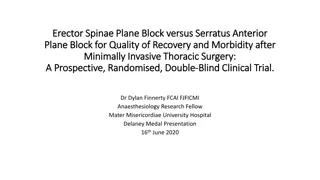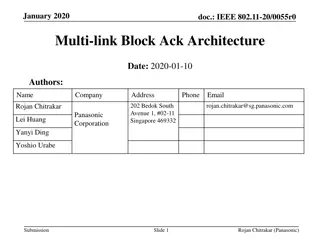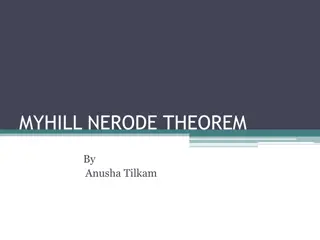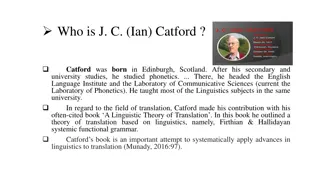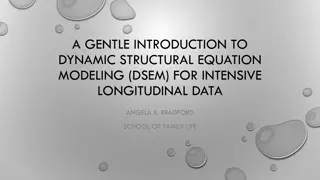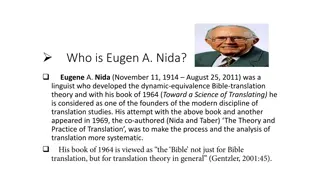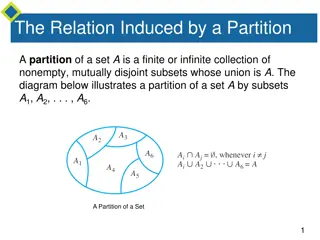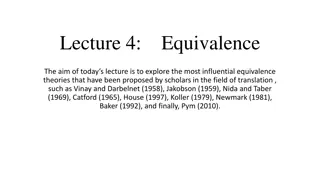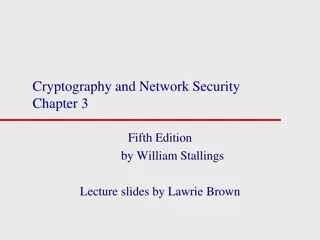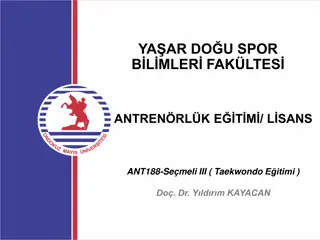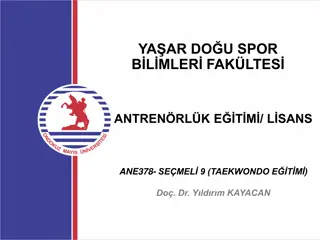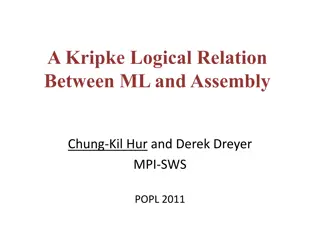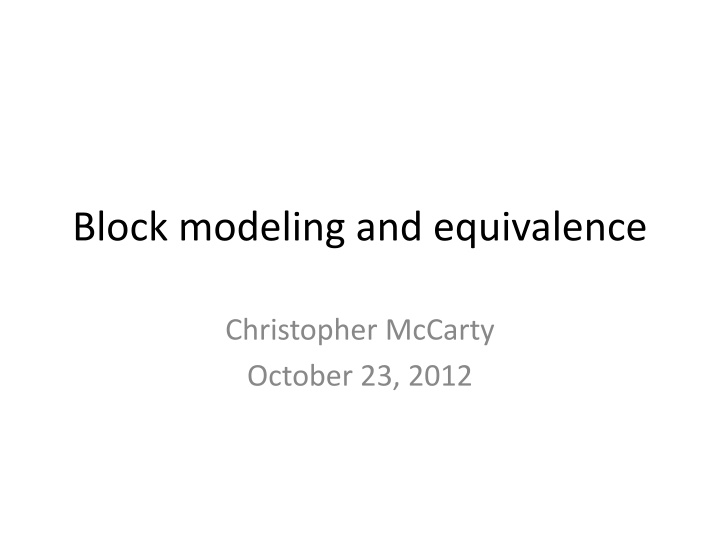
Block Modeling and Equivalence in Social Structures
Explore the concept of block modeling and equivalence in social structures, uncovering emergent roles and subsets within graphs. Learn about bi-components, factions, and Concor analysis for identifying distinct subsets and relationships. Discover how these methods help analyze and understand social network structures effectively.
Download Presentation

Please find below an Image/Link to download the presentation.
The content on the website is provided AS IS for your information and personal use only. It may not be sold, licensed, or shared on other websites without obtaining consent from the author. If you encounter any issues during the download, it is possible that the publisher has removed the file from their server.
You are allowed to download the files provided on this website for personal or commercial use, subject to the condition that they are used lawfully. All files are the property of their respective owners.
The content on the website is provided AS IS for your information and personal use only. It may not be sold, licensed, or shared on other websites without obtaining consent from the author.
E N D
Presentation Transcript
Block modeling and equivalence Christopher McCarty October 23, 2012
Introduction Social structures are often not simply the pattern of interaction between nodes that are equal There are positions within social structure and roles (expectations) associated with those positions Parent-Child Manager-Employee Advisor-Student The idea of block-modeling and equivalence is to discover roles that are emergent (not named)
Blocks Procedures to find subsets of a graph that are distinct from other sets Bi-component Identifies parts of a graph that are vulnerable to disconnection using cut-points Factions maximize local density Think of block-modeling as creating subsets that have similar profiles of connections
Factions Because it is easy to use in UCINET Factions is a sort of relaxed blockmodeling, based on the hypothesis testing that the network is composed by only two types of blocks (null between clusters, and complete within clusters) structural equivalence It is deductive and direct because you can manipulate the raw data, pre-specify the number of factions and interpret it based on goodness of fit.
Concor (CONvergence of iterated CORrelations) 1. Create correlation matrix 2. Split matrix into two blocks so members of the same block are positively correlated 3. Blocks are successively split 4. Blocks containing only two nodes are not split any more
CONCOR on class data (standard and interactive)
Graph of Equivalence Classes (Wasserman and Faust, 1994) Structural equivalents (the same relationships): {A}, {B}, {C}, {D}, {E,F}, {G}, {H,I} Automorphic equivalents (the same positions): {A}, {B,D}, {C}, {E,F,H,I}, {G} Regular equivalents (the same kinds of relationships): {A}, {B,C,D}, {E,F,G,H,I}
Some Conclusions You should try different partitions of your network based on attributes and relations You can try block models as exploratory analysis If you have good ideas (based on theory and experience), you can test some hypotheses Blockmodeling is less sensitive to large and sparse networks (in this case, you should consider blocking the components or big clusters) There s no right solution, only optimal. Try as many solutions as possible


